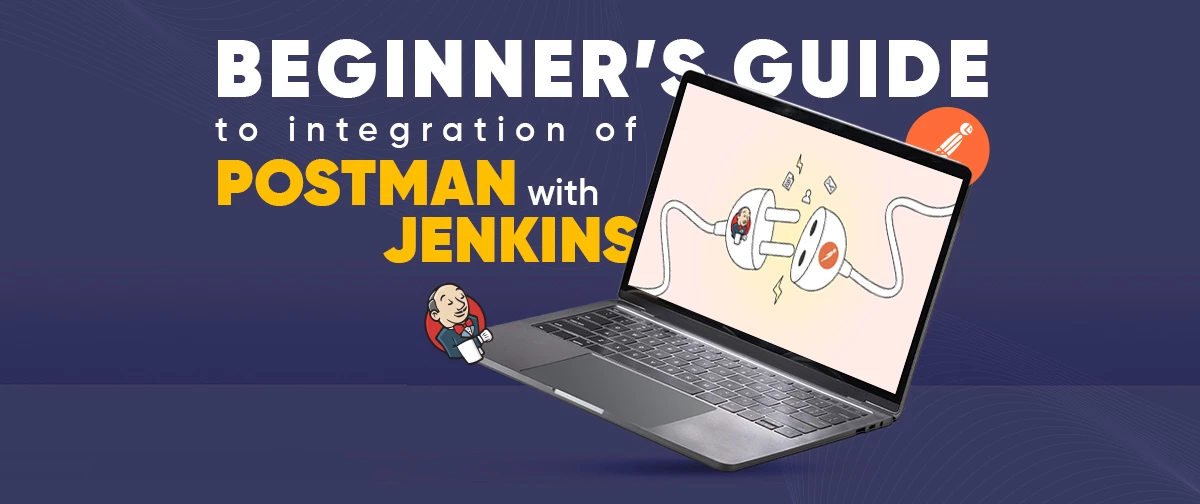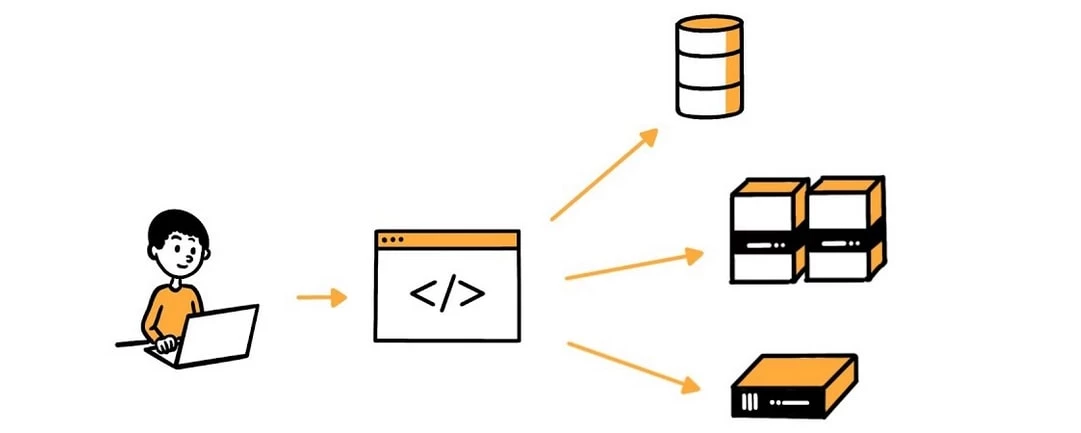Home / Blog / Leveling up data: Upgrade from EF6 to EF7 and blast off
Leveling up data: Upgrade from EF6 to EF7 and blast off

By EKbana on November 30, 2022
5m readUpgrade from Entity Framework 6 to Entity Framework 7 for improved performance, support for new data stores, and a simplified, modular architecture. Plan the upgrade, check compatibility, update dependencies, and test the application.
.NET Framework 4.8 and EF 6
We have a straightforward web API developed with the traditional.NET Framework 4.8, and Entity Framework 6 serves as our ORM. EF6 is not the same as EF Core 6.
We measure the response time for inserting, updating, and deleting one entity as well as a thousand entities.
We utilized Benchmark.NET, which is a standard method of executing effective tests in.Net.


We moved the Web API to.NET 7, however we are still mostly utilizing EF6 as our ORM. Both traditional.NET 4.8 and the most recent.NET 7 are compatible with EF 6. None of our business logic needed to be updated.
We re-ran the same benchmarks. Let us now see the graphs.

Without modifying any of our code, we can enhance performance by about 20% by simply moving from.NET 4.8 to.NET 7.

For 1000 entities, the CRUD operation hasn't really improved much. This is the result of 1000 records requiring roundtrips to the database. This is how EF 6 operates.
Then, we reran our benchmarks after upgrading our API from EF 6 to EF 6 Core (the LTS version that was released last year), not EF 7 Core (which is the most recent version we will be doing this in a while). Let's examine the outcomes.

Once more, moving to has resulted in a performance improvement of about 10% by switching to EF Core 6.
The business logic itself has not changed at all; just minimal code changes, such as initializing constructors and changing code references, were required.

We see a massive improvement in CRUD operation of 1000 entities. It's like 10 times better performance.
EF 6 will do round trips to database for every records
EF 6 CORE has batching optimization built in which will result in reduced round trips. It takes the set of these records as a batch and sends them to the server.
We now upgrade our ORM to EF CORE 7 and then re-run the benchmarks.

One thousand entities CRUD operations have been improved. It performs about ten times better.
For each record, EF 6 will make round visits to the database.
Due to batching optimization incorporated into EF 6 CORE, round trips will be decreased. It sends the entire collection of these records to the server in one batch.

You can see bulk insert operation is also 20 percent faster with .NET 7 Core.

Some new features of EF CORE 7 :
ExecuteDeleteAsync();
ExecuteUpdateAsync();
JSON viewmodel support for entities and query etc
Using these new features we can write efficient query codes and avoid unnecessary round trips to the database.

Upgrading your projects to the latest version of .NET and EF will drastically improve your application performance.
We’re empowering
business growth for our clients.
Take the first step towards growth today.
Get Proposal
More From EKbana
 See All Blog
See All Blog




